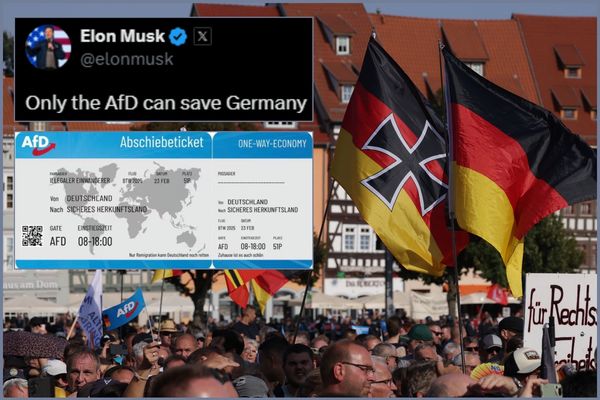ST. LOUIS — Police say an overhaul in the way they record St. Louis crime statistics has prevented the department from publishing comprehensive crime data for nearly six months, making it harder for the public to track trends for one of the city's most pressing issues.
The problem stems from the department's switch to a new way of tracking crime, the National Incident-Based Reporting System, or NIBRS, which went live Dec. 7, police say.
St. Louis police, along with other agencies across the country, made the switch to NIBRS to comply with a landmark change this year in national FBI reporting requirements, designed to capture more complete data on crime in the U.S.
The city has been preparing for the switch to NIBRS since at least 2017, but is still developing a way to resume its practice of publishing monthly incident data, neighborhood offense totals and other information so that the public, including academics, nonprofits and the media, can track crime across the city.
The lack of updates since December on the department's public crime statistics webpages come at a time when crime is at the center of St. Louis politics and public policy after the city last year saw its highest homicide rate in at least 50 years.
On top of the lag in public reporting, the city also has failed to report its crime statistics to the Missouri Highway Patrol since December, despite a 2001 Missouri law requiring all law enforcement agencies in the state to submit numbers to the patrol. By law, departments that fail to comply could lose state or federal funding, though Gov. Eric Greitens in 2018 signed a bill waiving penalties until the end of this year.
The highway patrol makes the data available to the public online and submits the statistics to the FBI.
St. Louis police aimed to have its own public crime data portal up and running by last September and set a goal to submit crime data to the highway patrol in the new NIBRS format by last January, but the project is behind schedule, department spokeswoman Michelle Woodling said in an email.
Woodling said the public can still request crime data under Missouri's Sunshine Law governing access to public records, but that can take weeks and the department can charge for staff time to gather data that it used to post online for free.
Christopher Prener, a sociologist at St. Louis University, is among the academics who regularly relied on the data for lesson plans, research projects and consultant work providing crime analysis.
"In St. Louis and St. Louis County we've had better data transparency than any other jurisdiction in the region in the past," Prener said. "But I think it's an important part of open government to make sure that that transparency continues. It's about making sure that the public knows about more than just what the crime reporters are able to get to or what comes on the scanner to show the larger trends, it's especially important in a city like St. Louis where crime is as high as it is."
What is NIBRS?
The FBI's Uniform Crime Report has been considered the most reliable national dataset for crime since it launched in 1929 and regularly steers police policy and media coverage.
But beginning in 2016, the FBI announced a plan to address data shortcomings by pushing law enforcement agencies across the country to switch crime tracking programs to NIBRS.
NIBRS improves on the previous Summary Reporting System by switching from 10 offenses to 24 and giving more information on victims, offenders and the relationship between the two. The new system also eliminates the "hierarchy rule," which meant that when multiple crimes were committed at once only the highest-level offense would be counted. For example, in a homicide that also included a robbery, only the homicide would appear in the statistics.
The FBI estimated in 2014 that multiple crimes are committed in about 11% of incidents.
The FBI set a deadline of last Jan. 1 for police agencies across the nation to switch to NIBRS, and will no longer accept the old format this year.
By the beginning of this year, about 70% of Missouri law enforcement agencies were submitting data in the new format to the highway patrol, according to Kyle Comer, the patrol's program manager for Criminal Justice Information Services.
In St. Louis, the new reporting system required an overhaul of the department's record management software. The department started taking bids for a contractor to implement a new records system in September 2017, and signed with Optimum Technology to implement its software SwiftProtect in March 2019.
The contract and technology upgrades were covered by a $1.2 million grant from the federal government's National Crime Statistics Exchange, meant to help departments make the change to NIBRS.
A consultant group called Teneo, which completed an analysis of the St. Louis police department in December, lauded the switch to SwiftProtect as "an initial step toward greater automation, lowering the administrative burden on officers," but said the department would need to create a more comprehensive crime strategy to make use of the data created by the program.
The department started using NIBRS as its primary reporting system Dec. 7, but Optimum Technologies has so far been unable to provide the department with a "custom reporting tool" to create the reports required by the Missouri Highway Patrol and the public portal where the department used to post crime totals by neighborhood, said Woodling, the department spokeswoman.
Internally, St. Louis police still have access to monthly statistics, but are unable to accurately compare totals to prior years because of the change to NIBRS, Woodling said.
She said the department does not have a firm deadline for when statistics will be publicly available, or when it will resume reporting to the Missouri Highway Patrol and the FBI.
St. Louis County
St. Louis County police began reporting crime data in the NIBRS format to the highway patrol at the beginning of 2020 and started using the system for internal crime analysis reports at the beginning of this year. Countywide crime totals are today available to the public through the patrol's crime data portal, showmecrime.mo.gov.
But county police have also had public data access lags because of the switch. The county's public crime data tools haven't been updated since January after the department transitioned fully to NIBRS.
Department spokesman Sgt. Benjamin Granda said the department has not established an efficient way to "clean" NIBRS data of errors to prepare it for the public portal.
"This has been a challenge and its something we hope to address in the very near future," Granda said.







